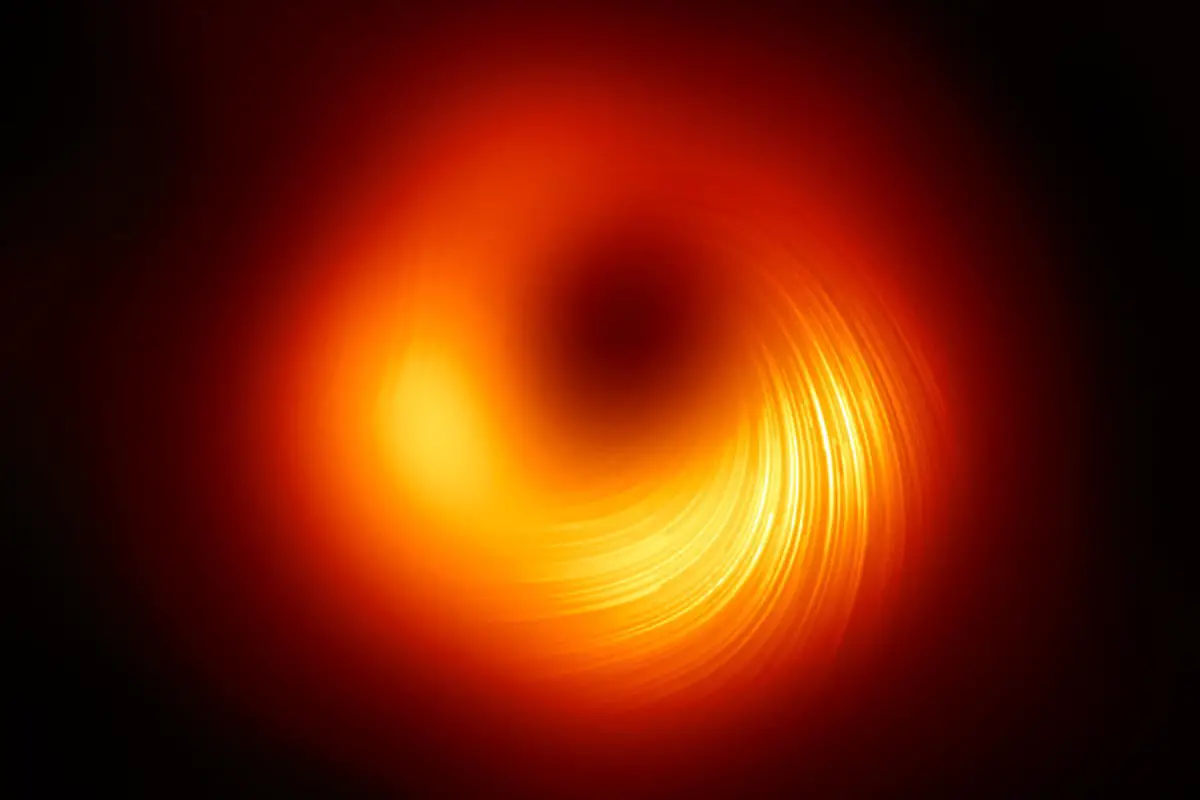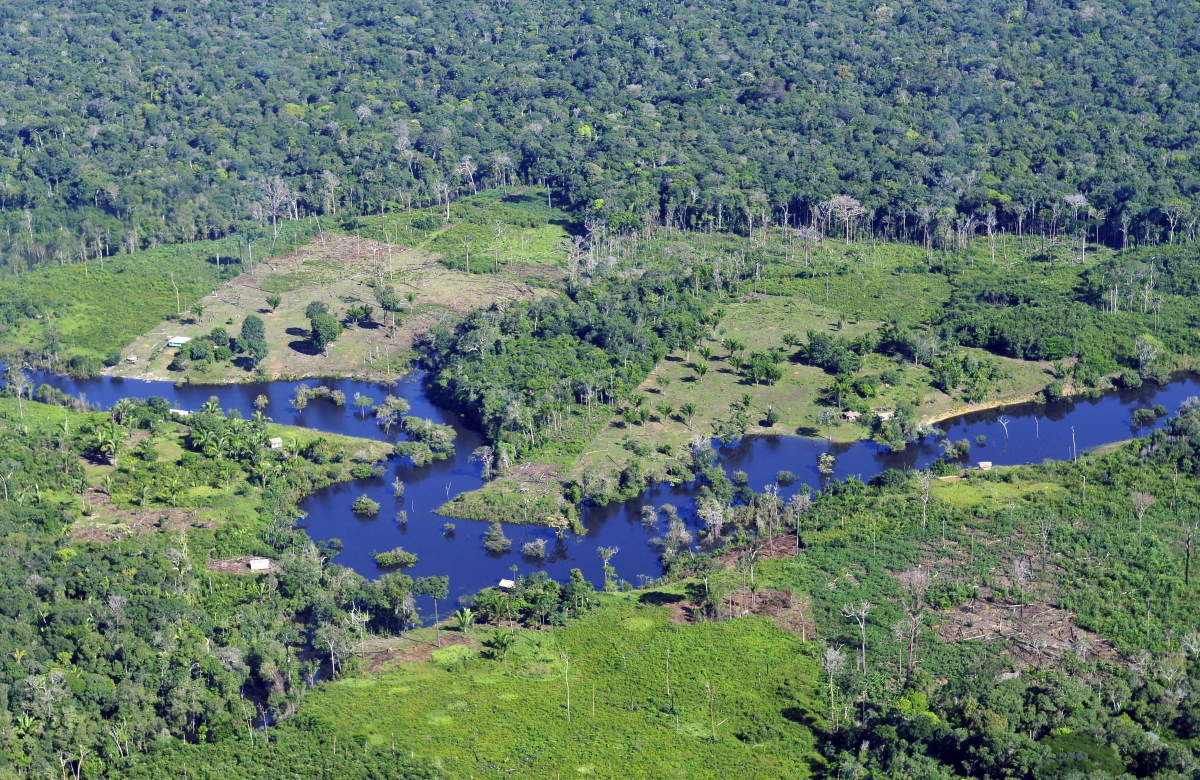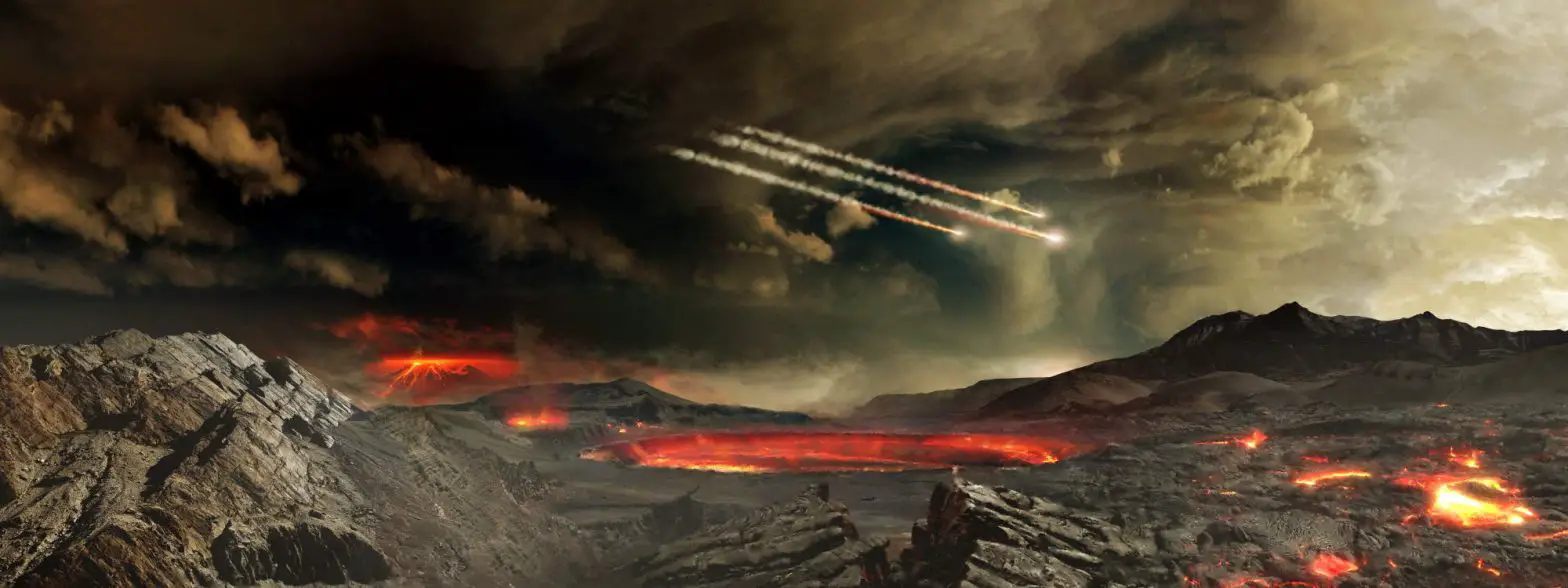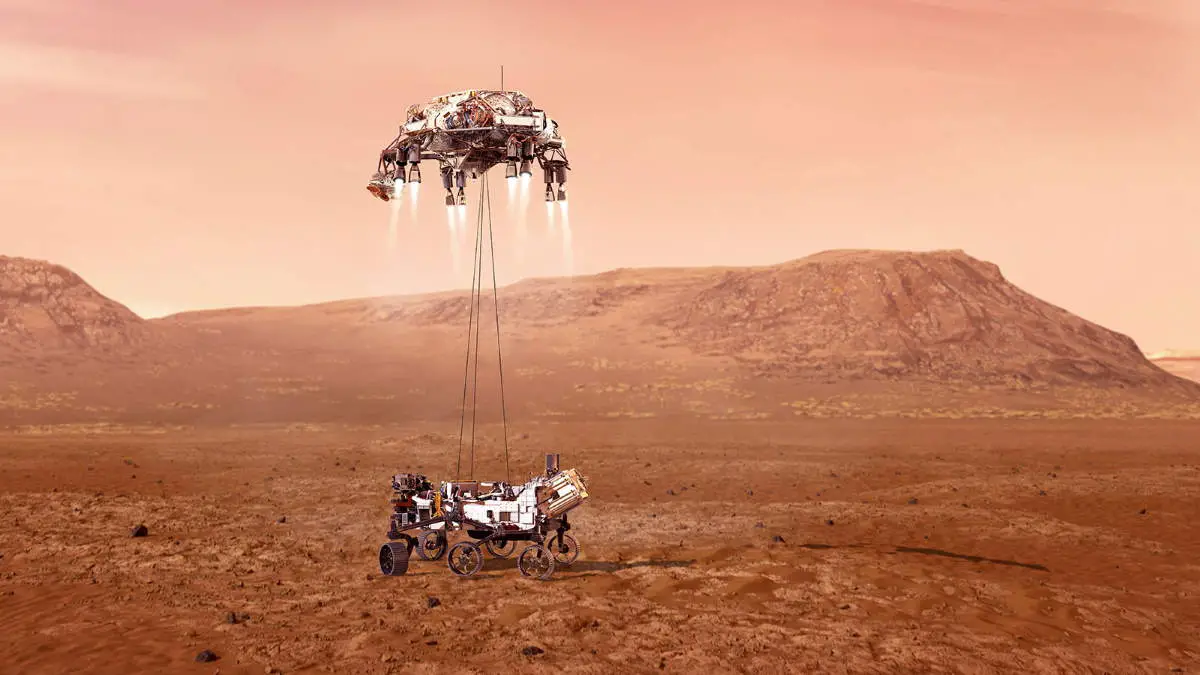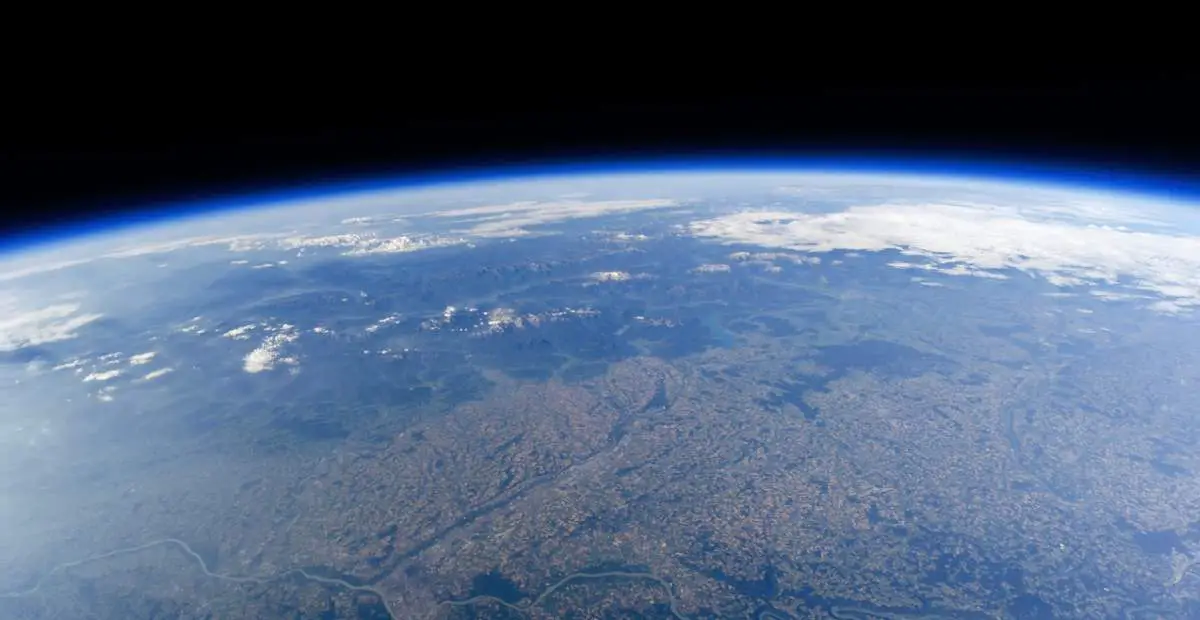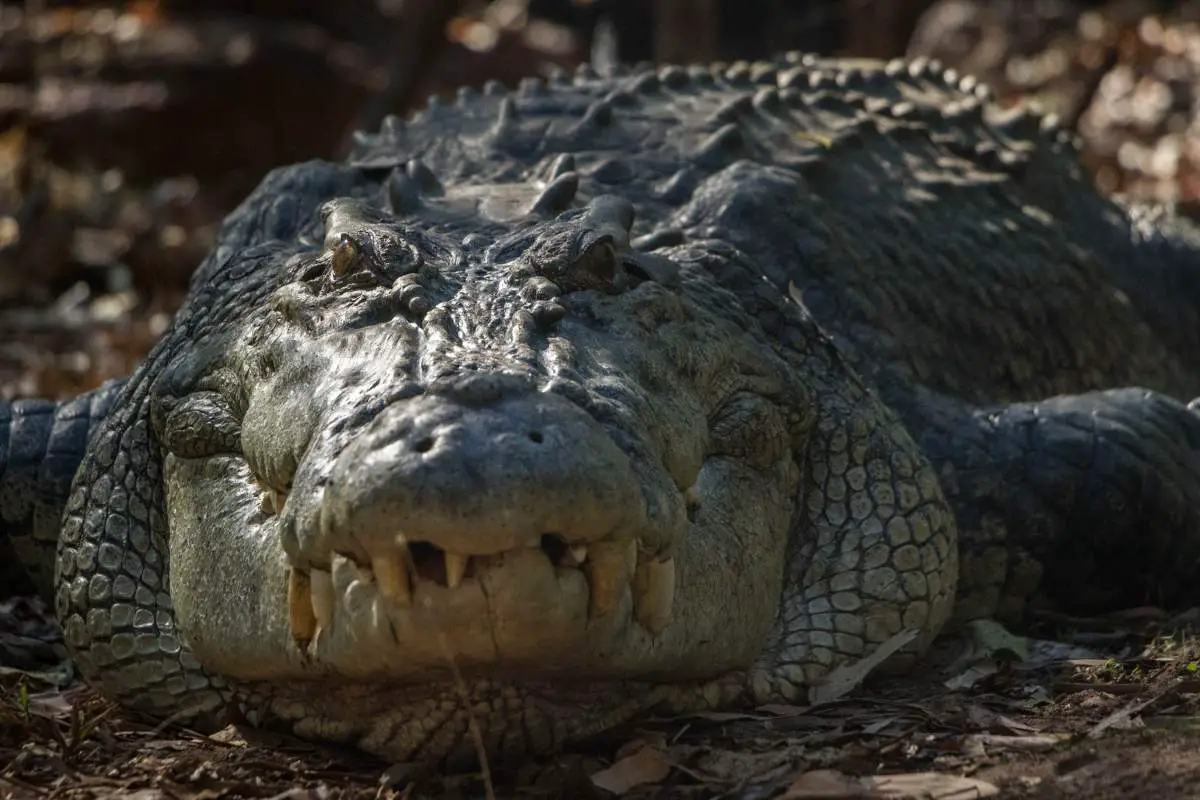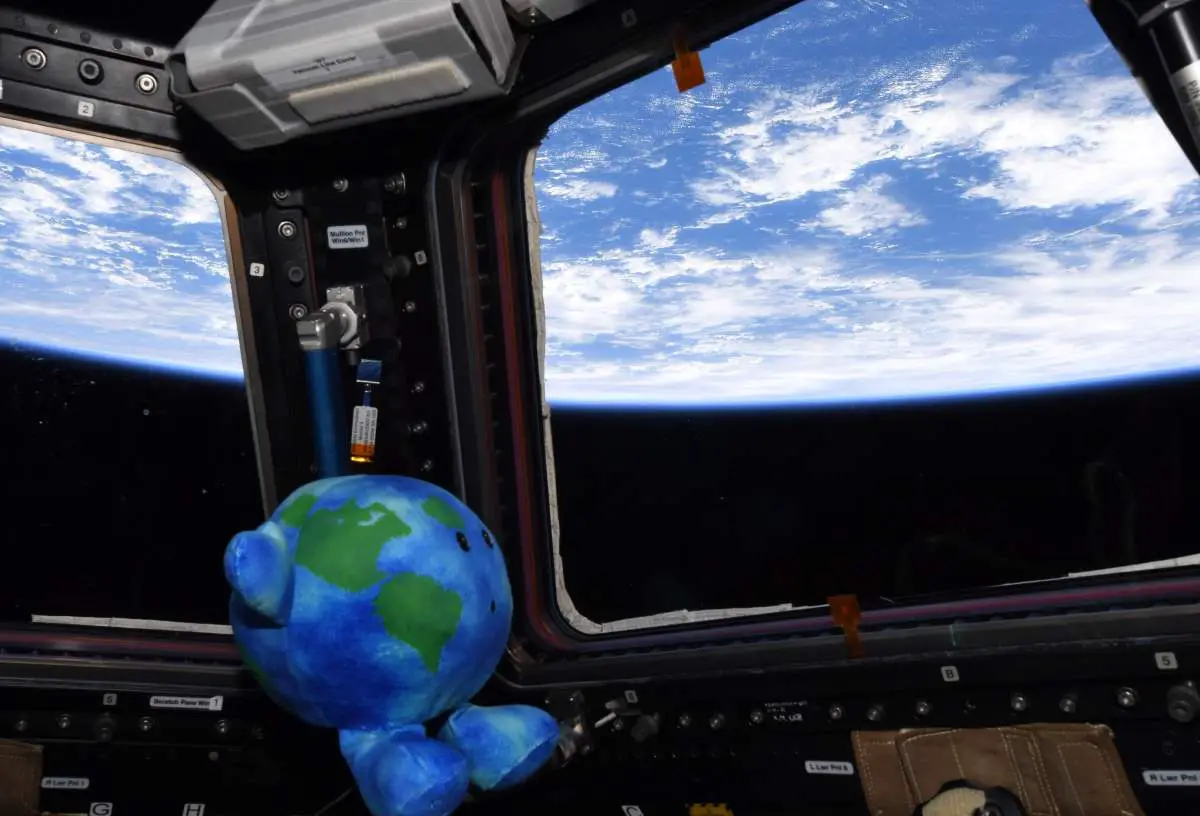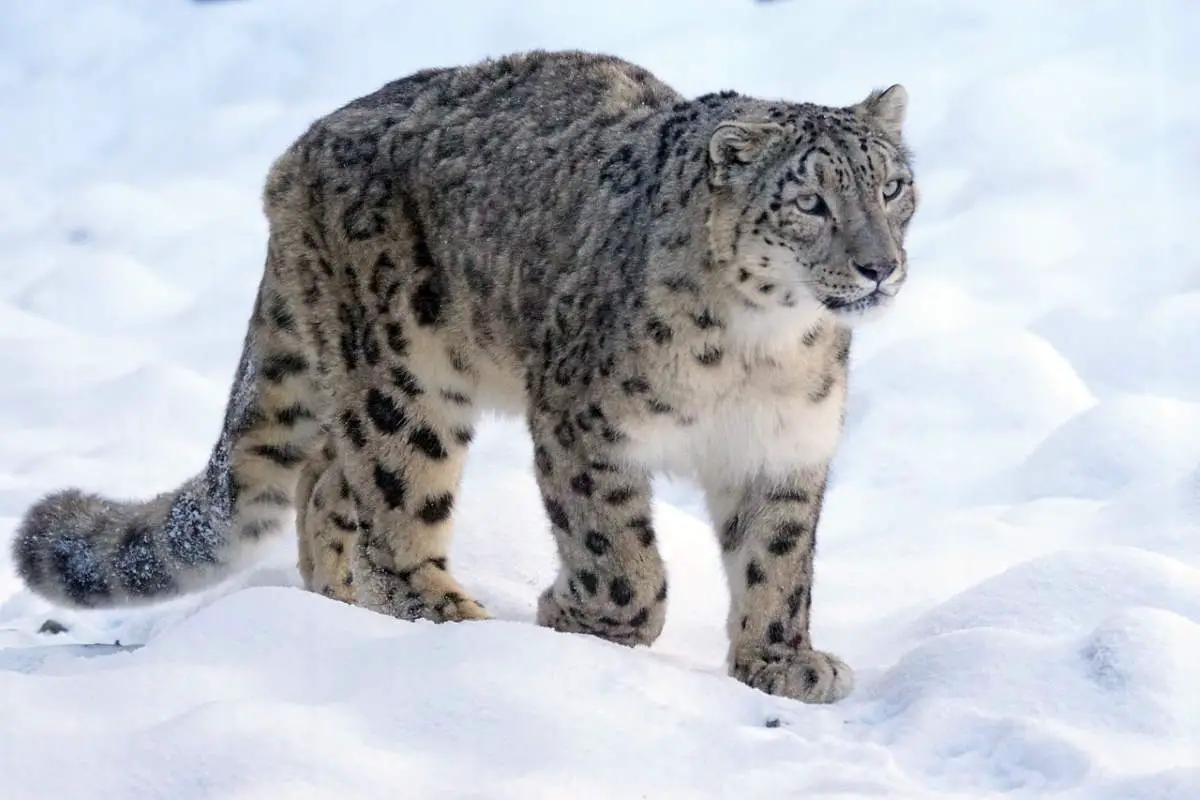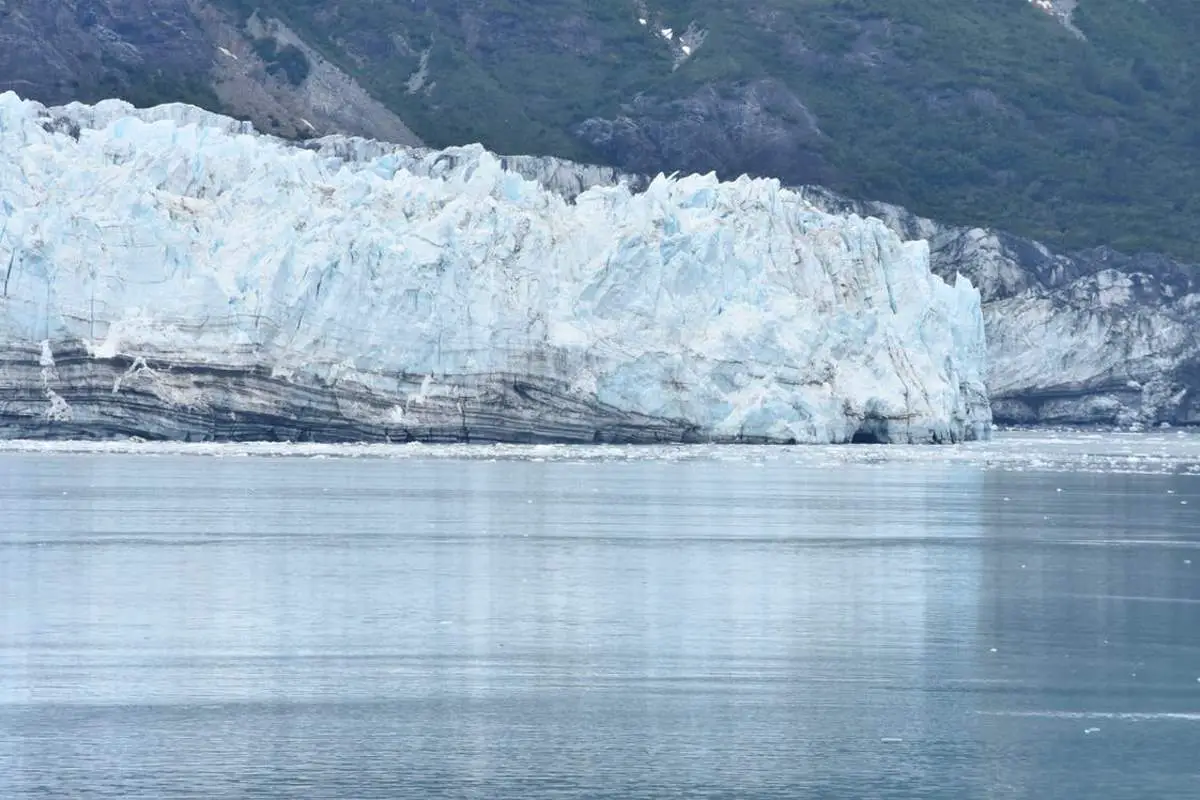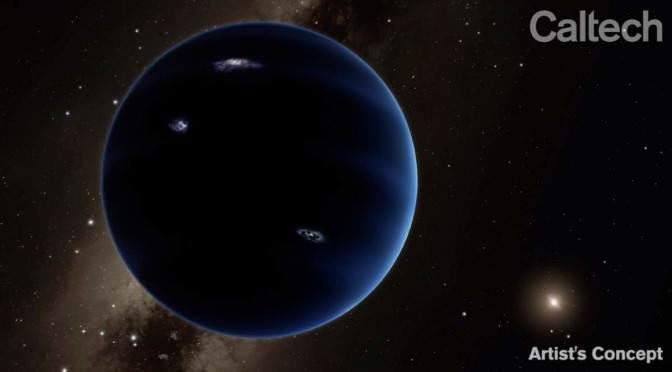There was a lot of excitement when the Event Horizon Telescope collaboration showed the world the first-ever image of a black hole back in April 2019. Weighing in at 6.5 million times the mass of our Sun, this supermassive black hole is located in the galaxy Messier 87, or M87, some 55 million light-years away …
Author Archives: The Conversation
Regrowing a tropical forest – is it better to plant trees or leave it to nature?
The destruction of tropical forests is a major contributor to biodiversity loss and the climate crisis. In response, conservationists and scientists like us are debating how to best catalyze the recovery of these forests. How do you take a patch of earth littered with tree stumps, or even a grassy pasture or palm oil plantation, …
Continue reading “Regrowing a tropical forest – is it better to plant trees or leave it to nature?”
Early magma oceans of Earth detected in 3.7 billion-year-old Greenland rocks
Earth hasn’t always been a blue and green oasis of life in an otherwise inhospitable solar system. During our planet’s first 50 million years, around 4.5 billion years ago, its surface was a hellscape of magma oceans, bubbling and belching with heat from Earth’s interior. Helen M Williams, University of Cambridge
Perseverance Rover: The Tech and Goals
Editor’s note: On Feb. 18, NASA’s Mars 2020 mission arrived at the red planet and successfully landed the Perseverance Rover on the surface. Jim Bell is a professor in the School of Earth and Space Exploration at Arizona State University and has worked on a number of Mars missions. He is the primary investigator leading …
Earth has stayed habitable for billions of years. Exactly how lucky did we get?
It took evolution 3 or 4 billion years to produce humans. If the climate had completely failed just once in that time then evolution would have come to a crashing halt and we would not be here now. So to understand how we came to exist on planet Earth, we’ll need to know how Earth …
Continue reading “Earth has stayed habitable for billions of years. Exactly how lucky did we get?”
Why Crocodiles today look the same as they did 200 million years ago?
One of the most enduring tropes about crocodiles is to describe them as “living fossils”. They are cold, slow-moving, and scaly, so they look like how one might picture a dinosaur. Like many clichés, there is an element of truth to this comparison. The crocodiles from 200 million years ago look surprisingly like the ones …
Continue reading “Why Crocodiles today look the same as they did 200 million years ago?”
20 years of the International Space Station: What we’ve learned about living in space
November 2 marks 20 years since the first residents arrived at the International Space Station (ISS). The orbiting habitat has been continuously occupied ever since.
How to reverse global wildlife declines by 2050
Species are going extinct at an unprecedented rate. Wildlife populations have fallen by more than two-thirds over the last 50 years, according to a new report from the World Wildlife Fund. The sharpest declines have occurred throughout the world’s rivers and lakes, where freshwater wildlife has plummeted by 84% since 1970 – about 4% per …
Continue reading “How to reverse global wildlife declines by 2050”
No, we are not heading into an ice age any time soon
This article is originally published on The Conversation with the title of “Climate explained: why we won’t be heading into an ice age any time soon” under a Creative Commons license. James Renwick, Te Herenga Waka – Victoria University of Wellington
Planet Nine might not exist, many astronomers now think
Planet Nine is a theoretical, undiscovered giant planet in the mysterious far reaches of our solar system. The presence of Planet Nine has been hypothesized to explain everything from the tilt of the sun’s spin axis to the apparent clustering in the orbits of small, icy asteroids beyond Neptune. But does Planet Nine actually exist? …
Continue reading “Planet Nine might not exist, many astronomers now think”
